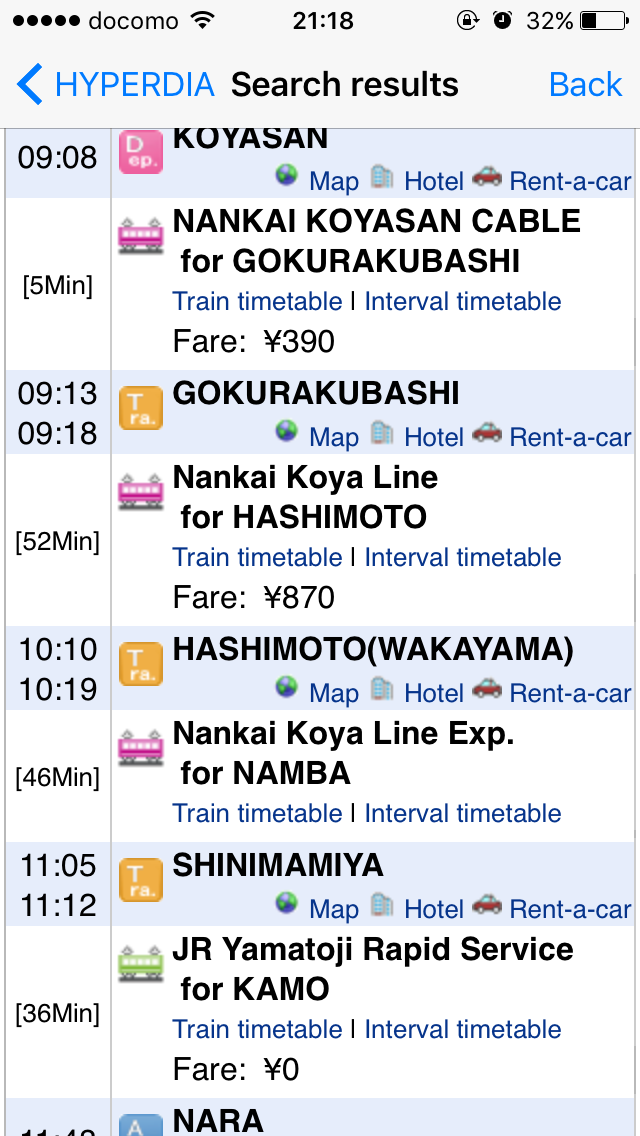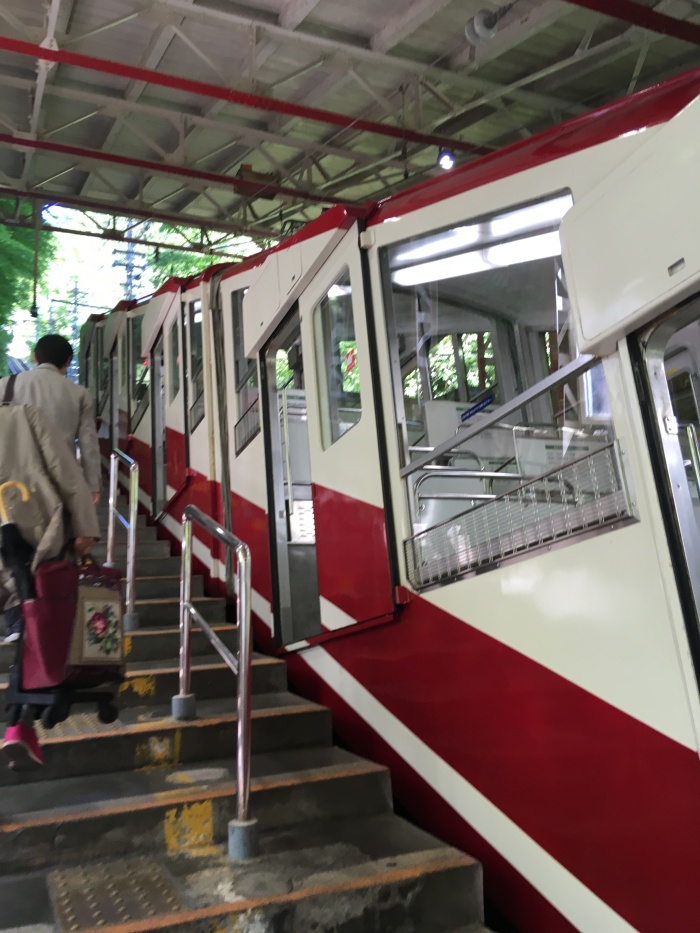An early alarm and a quiet sneak out of my dorm in the morning, and I was prepared for the day ahead! Unfortunately, because it was a Sunday, there was nothing really open en route to Osaka station to grab a bit of brekkie. But Starbucks was open at the station (of course!), so I put up with an overly expensive coffee and some rather tasteless breakfast food. I caught a train to Shinimamiya and quickly changed to get to Gokurakubashi. I had to rush to grab a ticket at this point, as this was not covered by my JR pass, but it took a while to know what the right fare was. You have to look at a train line map and it shows the fare payable depending on the distance away from the station you are in. After arriving, I caught the cable car up to Koyasan station, followed by a bus into the town. Koyasan is a little town up in Mount Koya where Shingon Buddhism originated in the 9th century.
 I hadn’t bought the right ticket to get me through the train and cable car, of course, so there was some sort of fare adjustment I had to pay which was easy enough to do. I bet it regularly happens to tourists. Anyway, there was a helpful bus attendant fellow, who made sure I got on the right bus to where I had to go. There were 3 different lines and you get on at the back of the bus, and exit and pay the fare at the front, depending on where you had got on. He gave me a very useful map of the town. I managed to find the temple that I was staying the night in – Kongo Sanmai-in – and leave my bag whilst I went exploring. It was built in 1223. I had to reshuffle a few dates around when I was in London, so I ended up getting quite a large room all to myself (a triple…!) which cost me a little more, but the experience was definitely worth the price. Off I went and saw the largest cemetery in Japan – Okunoin. It is where a lot of feudal dynasties have been buried since the age when the town was founded. Kobo Dashi is also interred here in a mausoleum at the end of the cemetery. He was the founder of this community and sect of Buddhism and was an influential monk. It took a long while to wander around as it is fairly big, but very peaceful and thought provoking. I get the impression it could be quite an eerie place during the evening, or when there is fog around.
I hadn’t bought the right ticket to get me through the train and cable car, of course, so there was some sort of fare adjustment I had to pay which was easy enough to do. I bet it regularly happens to tourists. Anyway, there was a helpful bus attendant fellow, who made sure I got on the right bus to where I had to go. There were 3 different lines and you get on at the back of the bus, and exit and pay the fare at the front, depending on where you had got on. He gave me a very useful map of the town. I managed to find the temple that I was staying the night in – Kongo Sanmai-in – and leave my bag whilst I went exploring. It was built in 1223. I had to reshuffle a few dates around when I was in London, so I ended up getting quite a large room all to myself (a triple…!) which cost me a little more, but the experience was definitely worth the price. Off I went and saw the largest cemetery in Japan – Okunoin. It is where a lot of feudal dynasties have been buried since the age when the town was founded. Kobo Dashi is also interred here in a mausoleum at the end of the cemetery. He was the founder of this community and sect of Buddhism and was an influential monk. It took a long while to wander around as it is fairly big, but very peaceful and thought provoking. I get the impression it could be quite an eerie place during the evening, or when there is fog around.  This is the traditional entrance to the cemetery – called Ichinohashi – and you see a lot of pilgrims pay their respects here before entering.
This is the traditional entrance to the cemetery – called Ichinohashi – and you see a lot of pilgrims pay their respects here before entering.



















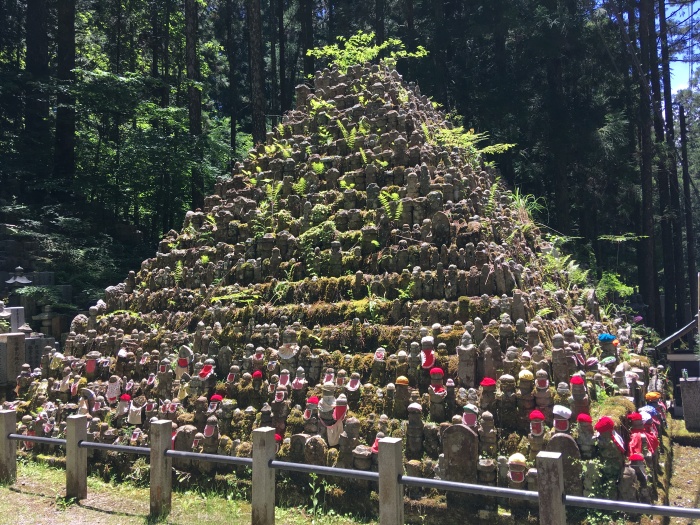 Then it was a nice little walk through the town, which is essentially just one long street full of unique shops and the odd cafe. I had a quick pork miso soup and sesame tofu thing for lunch which was about right and continued.
Then it was a nice little walk through the town, which is essentially just one long street full of unique shops and the odd cafe. I had a quick pork miso soup and sesame tofu thing for lunch which was about right and continued.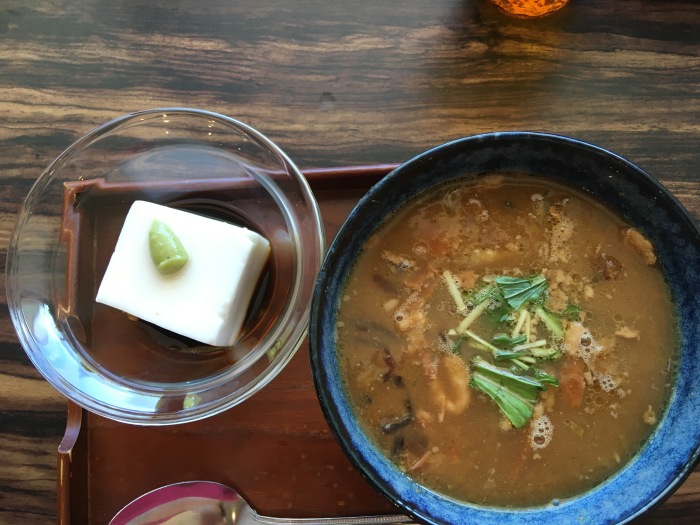
 I then found myself in the Danjo Garen complex at the other end of the long street which consists of a series of temples dedicated to Shingon Buddhism. Kobo Dashi played a big part in the design of these. Apparently, he founded the community here because he found his ceremonial tool in a pine tree that he threw from China. The pine tree has become known as the three-pointed Vajera pine tree because the pine needles only fall in clusters of three and not five.
I then found myself in the Danjo Garen complex at the other end of the long street which consists of a series of temples dedicated to Shingon Buddhism. Kobo Dashi played a big part in the design of these. Apparently, he founded the community here because he found his ceremonial tool in a pine tree that he threw from China. The pine tree has become known as the three-pointed Vajera pine tree because the pine needles only fall in clusters of three and not five.  The temples were all rebuilt several times since they were first constructed due to several lightening strikes over a period of time which has caused them to burn down. This has happened a lot in Japan. The main temple is the Konpon Daito Pagoda. Inside is a statue of Dainchi Nyorai who is the main Buddha worshipped in this particular sect. Otherwise known as the Cosmic Buddha, the origin is Indian.
The temples were all rebuilt several times since they were first constructed due to several lightening strikes over a period of time which has caused them to burn down. This has happened a lot in Japan. The main temple is the Konpon Daito Pagoda. Inside is a statue of Dainchi Nyorai who is the main Buddha worshipped in this particular sect. Otherwise known as the Cosmic Buddha, the origin is Indian.



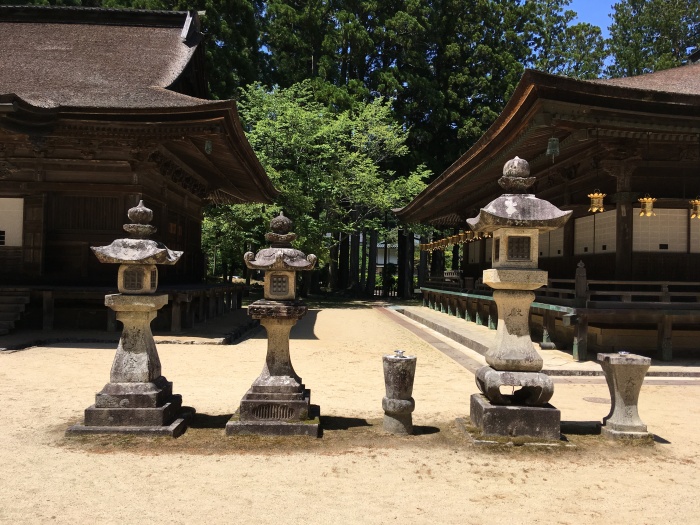

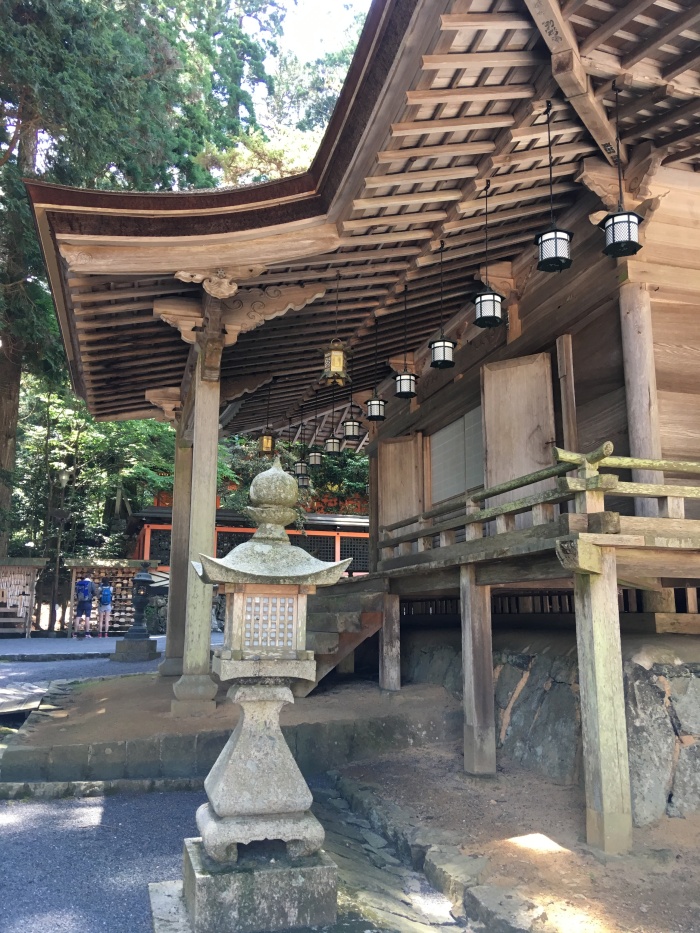
 There is also a large hall called the Kondo Hall which is where major ceremonies are held.
There is also a large hall called the Kondo Hall which is where major ceremonies are held. 




 I also went to Kongobuji Temple which is the headquarters of this sect. There are lots of prayer rooms heavily decorated, with sliding doors.
I also went to Kongobuji Temple which is the headquarters of this sect. There are lots of prayer rooms heavily decorated, with sliding doors.



 After a pop into the Reihokan museum, I headed back to the temple to check in. I was told that my evening meal would be served in my room at 17:30 and that the temple would be closed by 8pm.
After a pop into the Reihokan museum, I headed back to the temple to check in. I was told that my evening meal would be served in my room at 17:30 and that the temple would be closed by 8pm.  I was invited to attend a morning prayer ceremony in the morning at 06:30, and then have breakfast after. I was shown to my room and it was amazing. No shoes, obviously, and very basic to fit in with those who lived in the monastery. There was also a public bath (onsen), and this would only be available in the evening. I would be sleeping on a futon bed which would be made up after I had finished eating. I enjoyed the peace and quiet after a few hectic days. The food was incredible! No meat or fish, but I think there was tofu….I thought it would be quite a lonely experience, but I enjoyed the time to register my experiences so far….and to sort my bag out! Living out of a bag can be like playing a lucky dip sometimes – you’re never quite sure what clothes you’ll pull out. I was able to relax.
I was invited to attend a morning prayer ceremony in the morning at 06:30, and then have breakfast after. I was shown to my room and it was amazing. No shoes, obviously, and very basic to fit in with those who lived in the monastery. There was also a public bath (onsen), and this would only be available in the evening. I would be sleeping on a futon bed which would be made up after I had finished eating. I enjoyed the peace and quiet after a few hectic days. The food was incredible! No meat or fish, but I think there was tofu….I thought it would be quite a lonely experience, but I enjoyed the time to register my experiences so far….and to sort my bag out! Living out of a bag can be like playing a lucky dip sometimes – you’re never quite sure what clothes you’ll pull out. I was able to relax. 
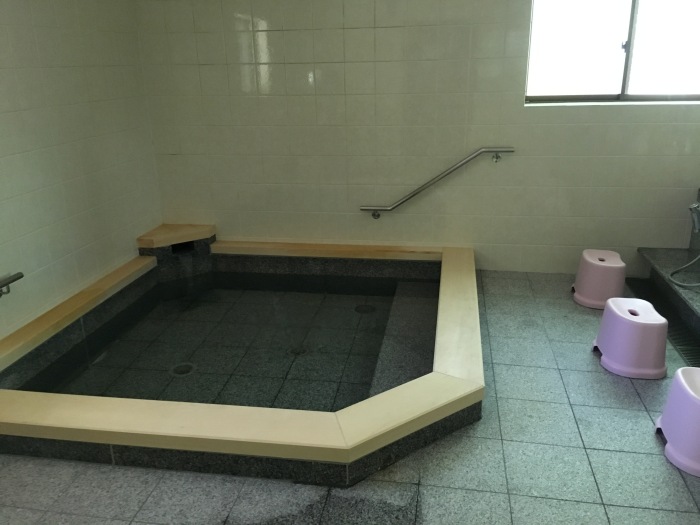

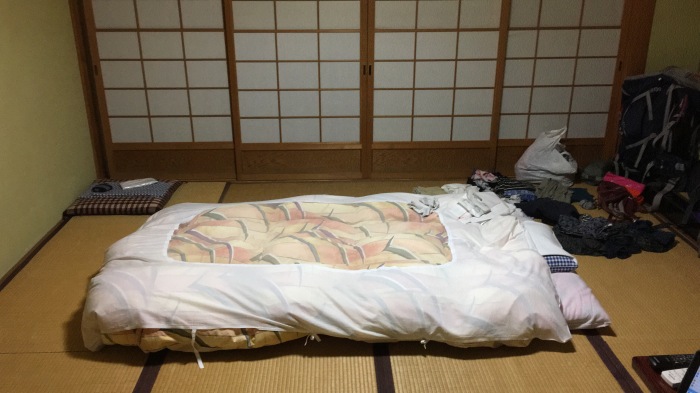
 The prayers the next morning was something that will stay with me for a long time. Even though I did not understand any of what was happening, there was a sense of spirituality and dedication from the monks who devote themselves to this way of life. We were invited to make a wish on a piece of wood which would get burned, as well as contribute to the incense burning by adding wood chips, and think about those who we would wish good health. It was quite meaningful actually and I would recommend it to anyone.
The prayers the next morning was something that will stay with me for a long time. Even though I did not understand any of what was happening, there was a sense of spirituality and dedication from the monks who devote themselves to this way of life. We were invited to make a wish on a piece of wood which would get burned, as well as contribute to the incense burning by adding wood chips, and think about those who we would wish good health. It was quite meaningful actually and I would recommend it to anyone. 










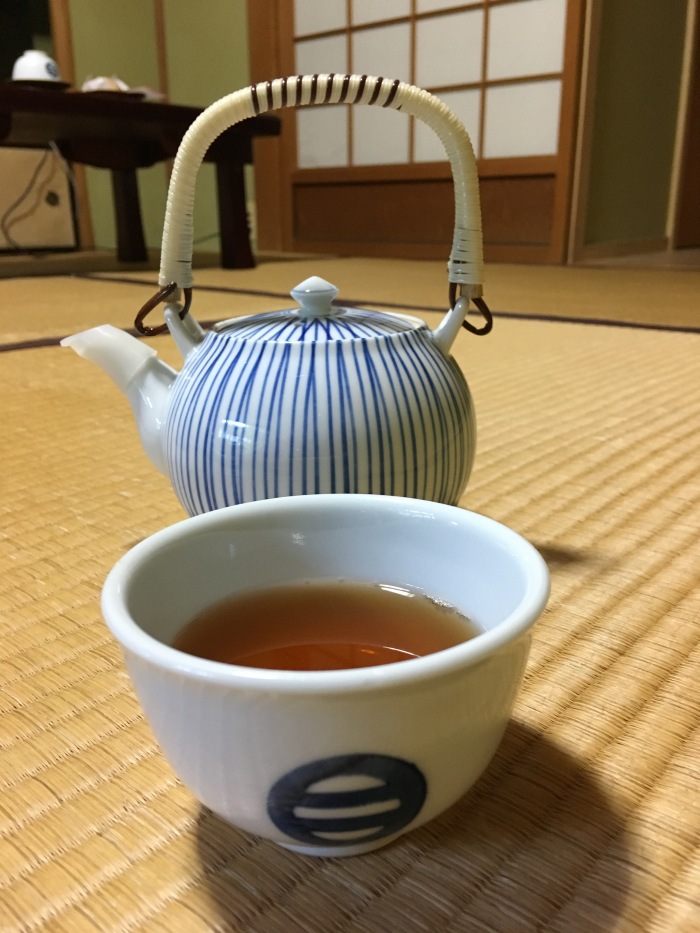 Above: my supper! All of this just for one person….! In the big red dish on the floor was a huge amount of rice that I could not finish. You also got served rice for breakfast too. It was way too much food and consisted of mainly vegetables and carbs – but I wasn’t sure what most of it was. There was some sort of miso soup which was nice.
Above: my supper! All of this just for one person….! In the big red dish on the floor was a huge amount of rice that I could not finish. You also got served rice for breakfast too. It was way too much food and consisted of mainly vegetables and carbs – but I wasn’t sure what most of it was. There was some sort of miso soup which was nice. 

 Lots of tea!
Lots of tea!




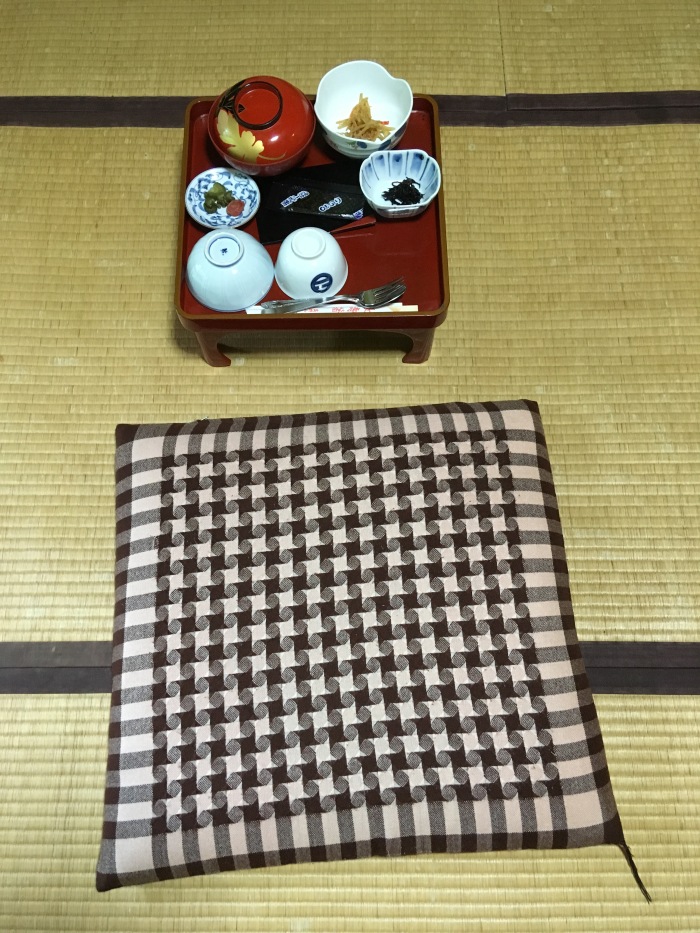
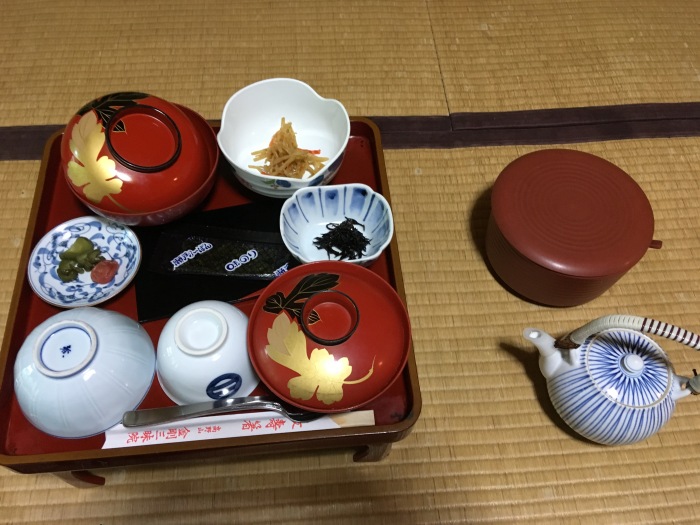
 Breakfast: mainly pickles, seaweed, soup and rice. Oh, and gallons of tea.
Breakfast: mainly pickles, seaweed, soup and rice. Oh, and gallons of tea. 
 For the prayers in the morning, you had the opportunity to write a wish on. a piece of wood which would get burnt during a ceremony and the wish would be granted. Traditionally, these are more commonly known as Ema in the Shinto sect and are usually left hanging at the shrine to be received by the gods.
For the prayers in the morning, you had the opportunity to write a wish on. a piece of wood which would get burnt during a ceremony and the wish would be granted. Traditionally, these are more commonly known as Ema in the Shinto sect and are usually left hanging at the shrine to be received by the gods. 



